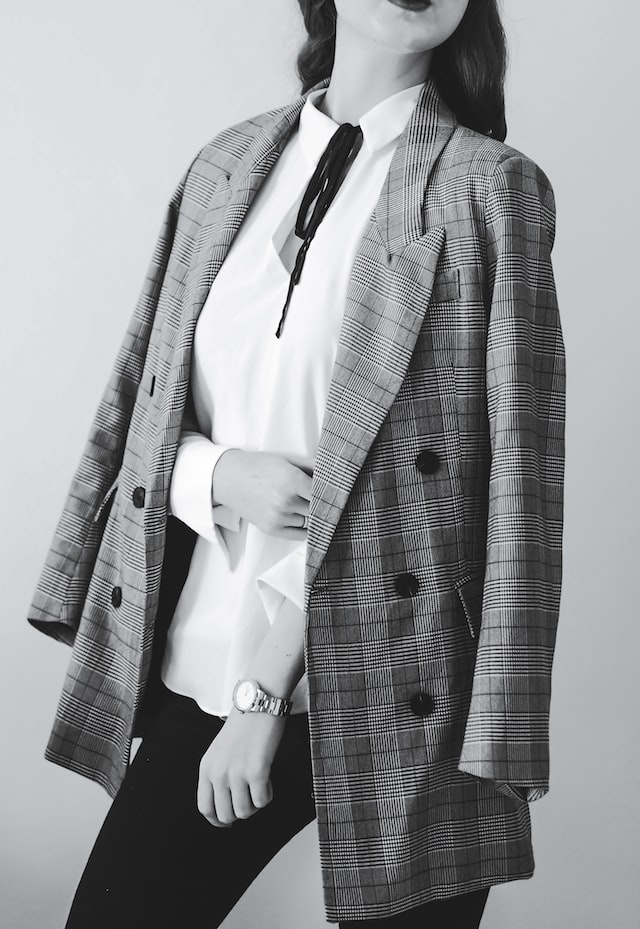
Yes, NID is good for apparel designing course
Weaver Textile quality control inspector
Independent apparel designer - Designer of apparels for home furnishings Designer of products for interior design
Designer of clothing apparels
Production manager for apparels
Manager of quality assurance
Analyst for research and development
Supply-chain Manager for apparels
Manager of apparel marketing
In order to succeed in the competitive field of apparel design, one needs to have a strong education, develop a strong professional portfolio, and establish a solid reputation.
You should be aware that a normal work week will be required of you if you wish to work as a apparel designer. They might, however, put in extra hours to fulfil a deadline, for travel, or when giving a presentation at a trade event. They spend the majority of their time working in offices or studios, but they occasionally work on the manufacturing floor of a plant. They are employed as in-house designers by textile producers, product developers, interior designers, the automotive industry, home furnishing companies, as well as many other textile-related industries. They can work in a variety of positions, including colorist, fabric engineer, designer, and stylist. In order to understand what is necessary in any design, how the apparel will be used, and what attributes, such as weight, performance, flammability, and strength are needed, designers will meet with consumers and employers to discuss their demands. After choosing the material, they will create design concepts and samples to show the buyer.
They must adhere to current trends and production methods while working within a budget and meeting deadlines. In addition to continuously learning new design tools and manufacturing procedures, they will do research on novel materials and design methodologies. Apparel designers frequently travel for work purposes, sometimes internationally to meet with manufacturers and suppliers of potential final product materials.